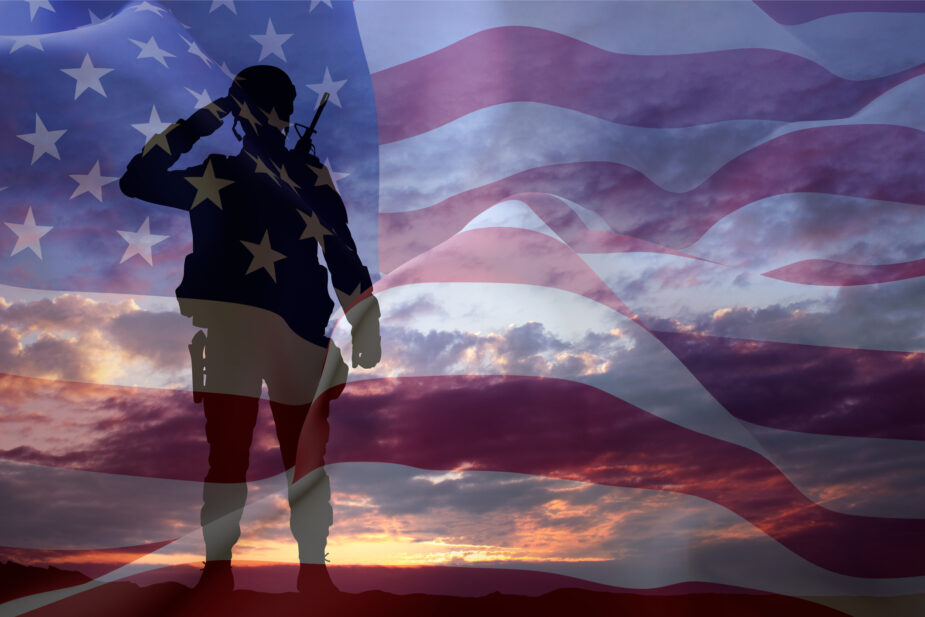Veterans Day, observed annually on November 11th, stands as a solemn tribute to the men and women who have served honorably in the Armed Forces of the United States. It is a day dedicated to acknowledging the courage, sacrifice, and devotion of those who have defended the nation in times of war and peace alike. The origins of this significant day are deeply rooted in the conclusion of World War I, one of the most transformative conflicts in modern history.
On November 11, 1918, an armistice was declared between the Allied nations and Germany, marking the cessation of hostilities on the Western Front and effectively bringing World War I to an end. The armistice took effect on the 11th hour of the 11th day of the 11th month, a moment that came to symbolize peace and remembrance throughout the world.
In November 1919, one year after the end of the war, President Woodrow Wilson proclaimed November 11th as Armistice Day. The day was intended to honor the heroism of those who had served in World War I and to commemorate the restoration of peace. Across the country, ceremonies, parades, and moments of silence were held to reflect upon the sacrifices made by soldiers and their families.
Following the devastation of World War II and the Korean War, it became clear that the nation’s gratitude should extend beyond those who served in World War I. Millions of Americans had once again taken up arms in defense of freedom, and the observance of Armistice Day no longer reflected the full scope of their service.
In 1954, at the urging of veteran service organizations, the United States Congress amended the 1938 Act that had established Armistice Day as a legal holiday. The amendment replaced the word “Armistice” with “Veterans,” thus creating Veterans Day — a day to honor all American veterans, regardless of the war or era in which they served. President Dwight D. Eisenhower signed the bill into law on June 1, 1954, marking the official transformation of the holiday.
In 1968, the Uniform Holiday Act was passed, seeking to provide uniform annual observances of several federal holidays on Mondays to ensure three-day weekends for federal employees. As a result, the observance of Veterans Day was temporarily moved to the fourth Monday in October. However, this change was met with widespread disapproval, as November 11th held deep historical and emotional significance for veterans and citizens alike.
In response to public sentiment, Congress enacted legislation in 1975 restoring the observance of Veterans Day to its traditional date of November 11th, beginning in 1978. This decision reaffirmed the nation’s respect for the symbolic power of the original Armistice Day.
Today, Veterans Day is observed with parades, ceremonies, educational programs, and moments of reflection across the United States. At Arlington National Cemetery, an official wreath-laying ceremony takes place at the Tomb of the Unknown Soldier, honoring all who have served and sacrificed in defense of our nation.
It is important to distinguish Veterans Day from Memorial Day, which is dedicated specifically to honoring those who have died in military service. Veterans Day, by contrast, recognizes all U.S. veterans who have served honorably.
Veterans Day serves as a powerful reminder of the enduring debt of gratitude that the nation owes to its servicemen and women. It is a time not only to remember their bravery, but also to renew our collective commitment to supporting them in their post-service lives — through healthcare, education, employment, and community recognition. Through this annual observance, Americans reaffirm the values of duty, sacrifice, and patriotism that define the nation’s history and character. The legacy of Veterans Day endures as both a reflection of the past and a call to uphold the ideals for which generations of veterans have so honorably served.
Written by Joe Montedoro and Leo Whitcomb

